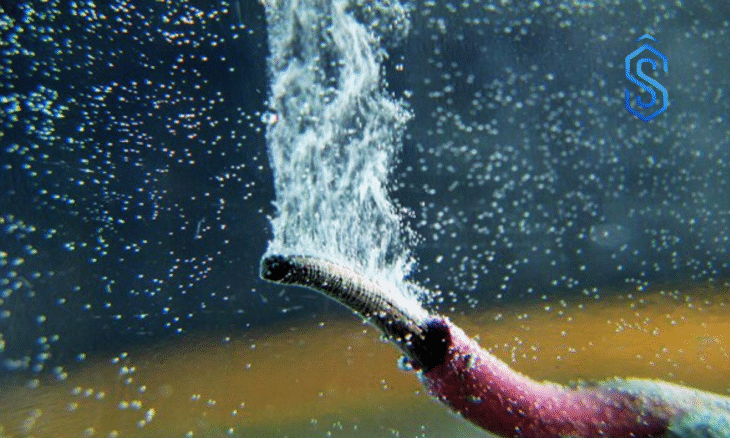Chung-Ang University, in partnership with Qingdao University of Science and Technology, has achieved a major scientific breakthrough in seawater electrolysis by developing chloride-resistant ruthenium (Ru) nanocatalysts.
This innovation offers a sustainable solution for hydrogen production from abundant ocean resources, addressing the critical limitations of freshwater-dependent electrolysis systems.
Seawater Electrolysis Breakthrough for Clean Hydrogen Production
The research team, led by Assistant Professor Haeseong Jang from Chung-Ang University and Professor Xien Liu from Qingdao University of Science and Technology, has developed a crystalline–amorphous Ru heterostructure catalyst.
This electrocatalyst demonstrates 37 times higher hydrogen evolution activity than commercial platinum catalysts in alkaline water electrolysis, enabling cost-effective and large-scale hydrogen generation.
Hydrogen has emerged as a promising clean energy carrier due to its high energy density and zero-carbon emissions. While alkaline water electrolysis is an efficient method, its reliance on freshwater has hindered widespread adoption. Seawater electrolysis provides a viable alternative but faces challenges from high chloride concentrations that corrode catalysts and reduce efficiency.
Also Read: Ravi Pandit Launches HRIDAY Energy Network to Advance Biomass-Based Green Hydrogen
Addressing Chloride Corrosion in Seawater Electrolysis
To overcome this obstacle, the team designed a ruthenium-based catalyst with high activity, durability, and chloride corrosion resistance. Using a g-C3N4-mediated pyrolysis process, they synthesized nitrogen-doped carbon-supported Ru nanoclusters (a/c-Ru@NC) with a crystalline–amorphous heterostructure. This design ensures ultrafine Ru dispersion, electron-deficient active sites, and enhanced structural stability.
Electrochemical tests confirmed exceptional performance. In 1.0 M KOH, the catalyst achieved an overpotential of just 15 mV at 10 mA cm⁻², maintaining stability for 250 hours. In simulated seawater, it demonstrated excellent chloride corrosion resistance with only 8 mV degradation, outperforming commercial Pt/C and Ru/C catalysts.
Also Read: Energy Launchpad 2025 Opens Applications for Clean Energy and Green Hydrogen Innovators
Unlocking Oceanic Resources for Green Hydrogen
The crystalline–amorphous structure, combined with nitrogen-doped carbon support, provides synergistic benefits – abundant active sites, optimized electron transport, and protection against Ru oxidation. This enables scalable seawater electrolysis for green hydrogen production, reducing dependence on freshwater and fossil fuels.
Professor Liu highlighted the significance of the breakthrough, stating, “Our research opens vast oceanic resources for clean hydrogen generation through seawater electrolysis, with 37-fold higher activity than platinum catalysts, ensuring greater economic viability.”
Advancing Decarbonization and Energy Security
Dr Jang emphasized the broader impact, noting that this technology accelerates climate change mitigation by supporting decarbonization across transportation, industrial, and power sectors. By establishing scalable and durable hydrogen infrastructure, seawater electrolysis could significantly reduce air pollution and strengthen global energy security.
The study was published in Advanced Functional Materials on August 7, 2025, providing a roadmap for future large-scale hydrogen production from seawater.




